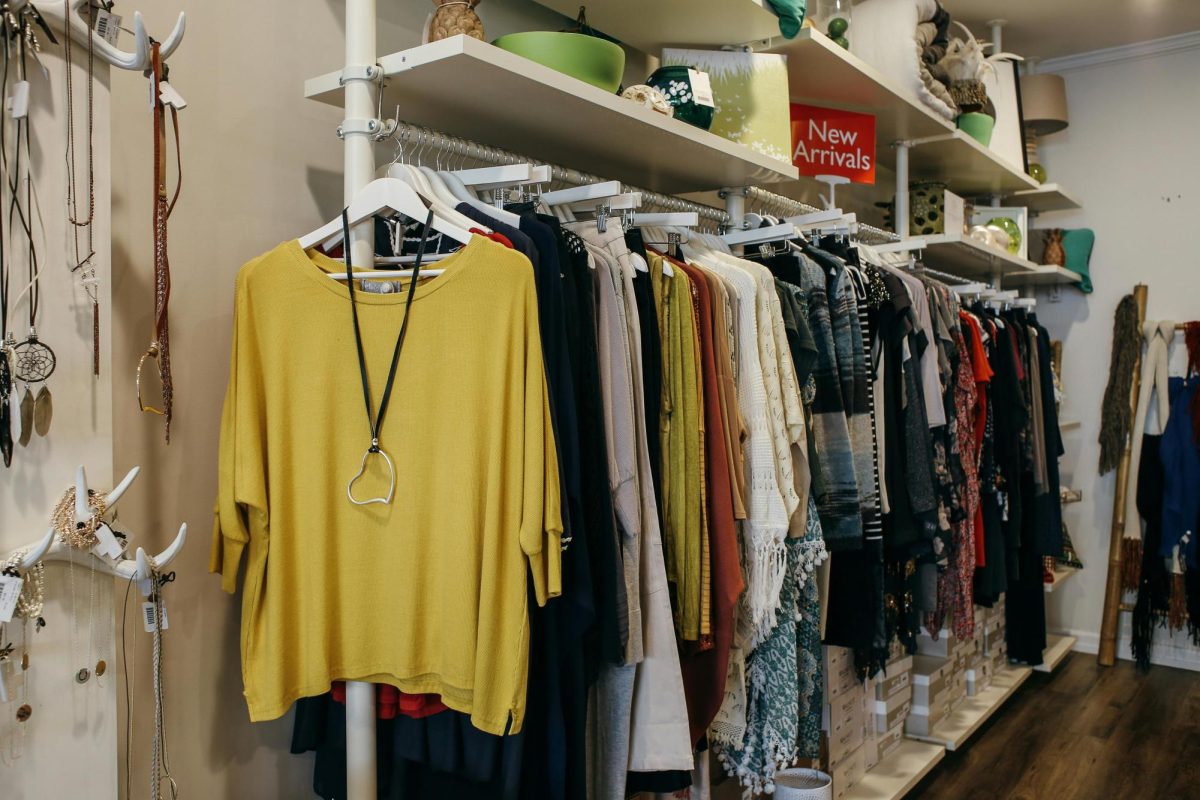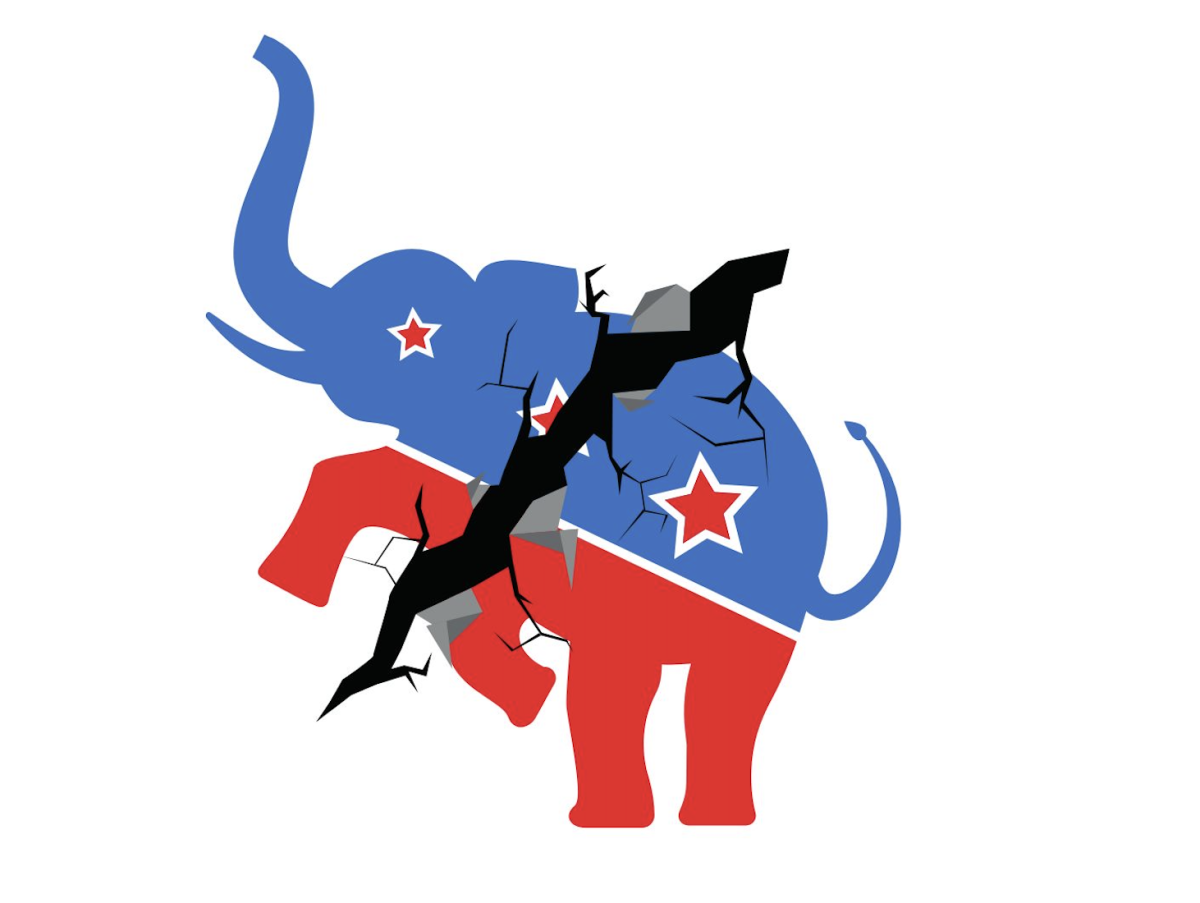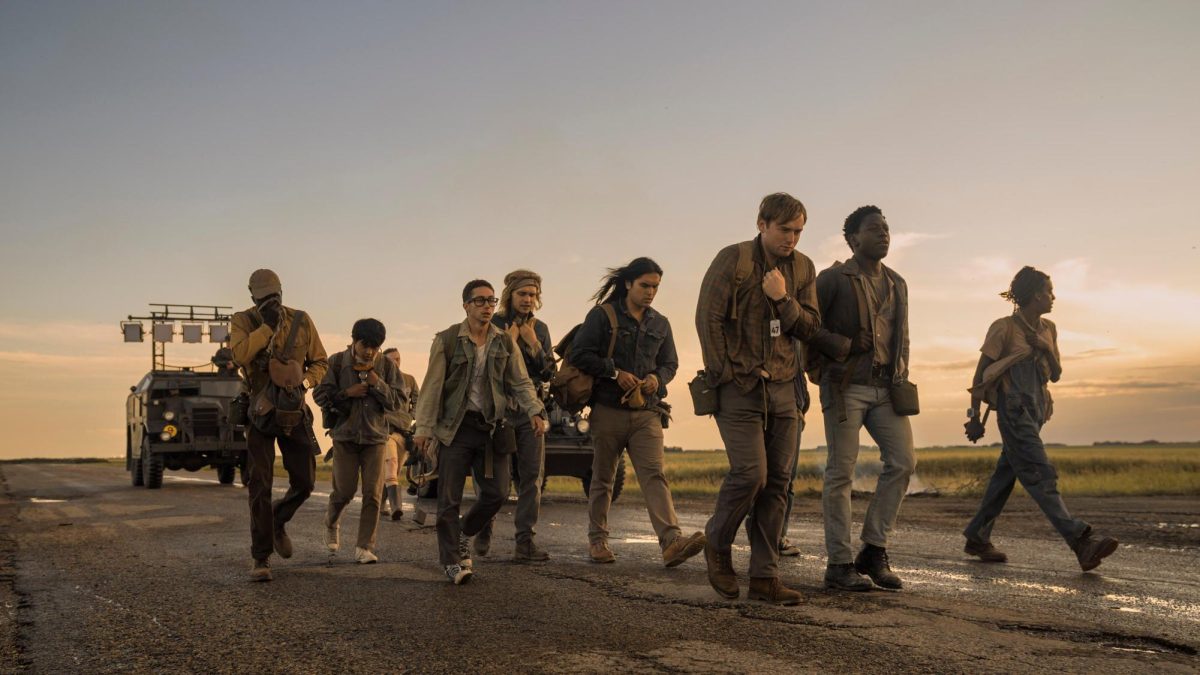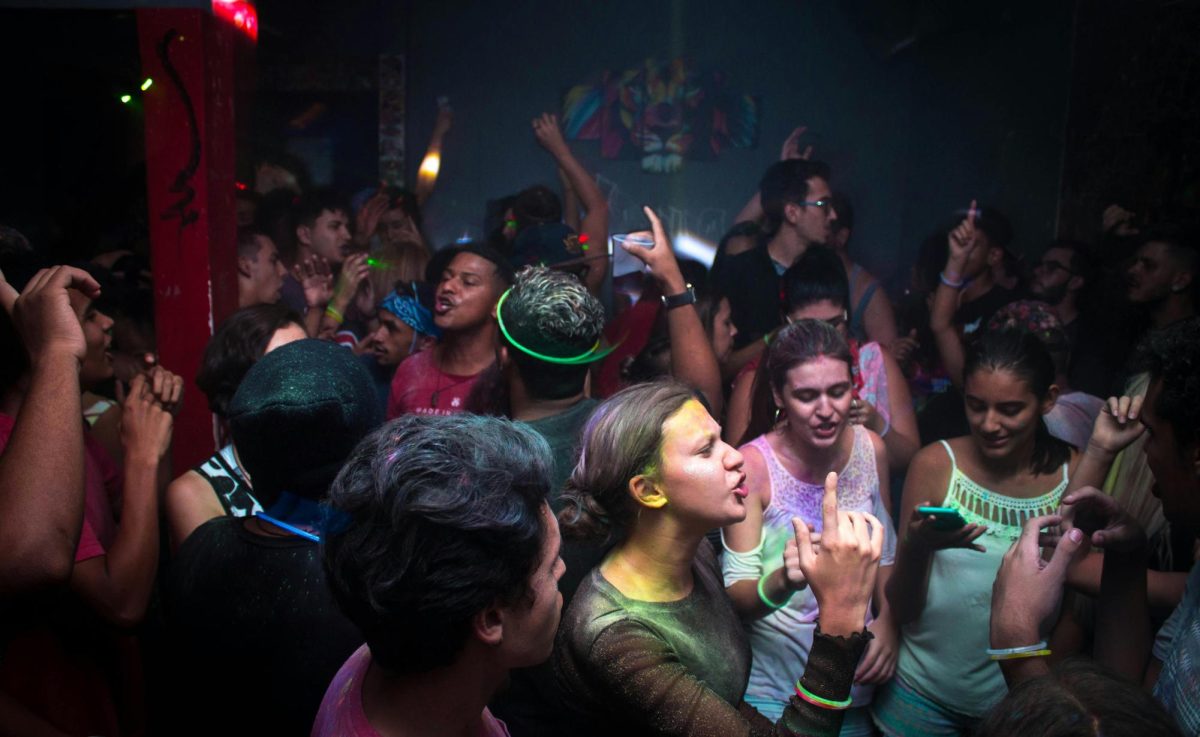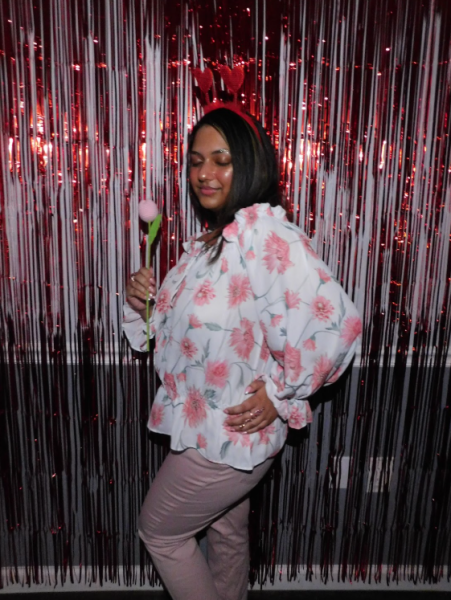From the clothes one wears to the shoes one decides on that day and whether or not one chooses to accessorize with jewelry, all make one’s fashion sense. Some are more unique than others, while the rest incorporate aesthetic trends from social media like “mob wife,” “business siren,” “dark academia” and “old money.” However, before these trends became popular on TikTok and Instagram, they existed in pop culture entertainment through television and movies, specifically during the 90s and 2000s. Both of these time periods are an integral part of fashion.
The 2000s brought us the “Harry Potter” movies contributing to “dark academia” fashion, which includes dark colored trousers, plaid, pleated skirts, turtlenecks and long trench coats. The “business siren” look, from the 2006 film, “The Devil Wears Prada,” consists of a more idealized and casual version of the classic corporate office look, with rectangle-shaped glasses, a tight-fitting black pencil skirt and a white button-up top with a black blazer over it. Starting at the end of the ‘90s and finishing towards the middle of the 2000s, the women of the “Sopranos” inspired the “mob wife” aesthetic, which consists of everything you would think a mafia boss’s significant other would wear: gold jewelry, bold animal print, skin-tight pants and oversized fur coats. When it comes to the “old money” look, Cher Horowitz from “Clueless” is a force to be reckoned with. The classic three-piece yellow plaid jacket and skirt along with the other clothes in her jaw-dropping wardrobe had the girlies quaking in 1995 and wishing they were a rich lawyer’s daughter too.
Originally existing as primarily just Halloween costumes, Generation Z and even Millennials have taken these styles and turned them into popular multi-functional pieces of clothing that just scream elegance and power. If the different types of apparel are paired correctly, the outfits look great. It shows the person’s personality and interests and it’s always great to see someone enjoying themselves and experimenting with diverse styles.
Economic recessions seem to have an impact on fashion trends. For example, prior to the crash of Wall Street at the end of the 1920s, people enjoyed fashionable and frilly short dresses paired with high heels and had their faces adorned with cosmetic products. After the 1930s, individuals found themselves cutting back on the outfits that were filled with glitz and glam and instead focused on a minimalistic style, which probably was not even by choice but rather due to the lack of funds available for them to splurge on a more preferred style of their choice.
A similar pattern occurred during the 2008 financial crisis in which the early 2000s were dominated by brands like Juicy Couture, Baby Phat and Ed Hardy, but they began to lose traction as people opted for neutral-colored t-shirts and pants that did not bear a particular brand name. There are also times when people indulge in fashion to escape from the chaos of life. This was seen during the COVID-19 pandemic, despite not actually having anywhere to go with them and is a prime example of retail therapy at work.
In some cases, people even reuse outfits for work, dinner, and school instead of buying or putting together three separate outfits because it simply just makes sense economically. If you bought a nice suit or dress for a wedding, there is no shame in using it again for a friend’s birthday party. If that top you thrifted last week looked amazing when you wore it, why not wear it again for a job interview? No one should care or judge if you do because after all, washing machines and dry cleaners do exist so you might as well get the most out of what you paid for.
Sustainability can also play a role in having multi-functional pieces. Fashion takes up a substantial part of our economy, having a value of over $2.5 trillion and more than 75 million people are employed in the production, manufacturing and design sector as well. Everyone needs clothes and so this comes with some less-than-ideal statistics when it comes to the effect it has on the industry’s carbon footprint.
Fast fashion makes this even worse, and it is even more prevalent than ever with brands like Temu and Shein sweeping in and offering fashionable options along with being very inexpensive compared to its competitors.
Buying fast fashion comes at a cost for both the environment and the labor forces who work in it. According to the United Nations Environment Programme, carbon emissions between 8-10 percent come from fashion production and make up more than the emissions from both flights taken internationally and cargo being sent overseas. Workers in the textile field are also exposed to dangerous chemicals and have long, cruel work hours. In recent years, people are calling for change in the industry and thankfully companies are said to be acting in accordance with labor laws and seeking to lower their carbon output.

